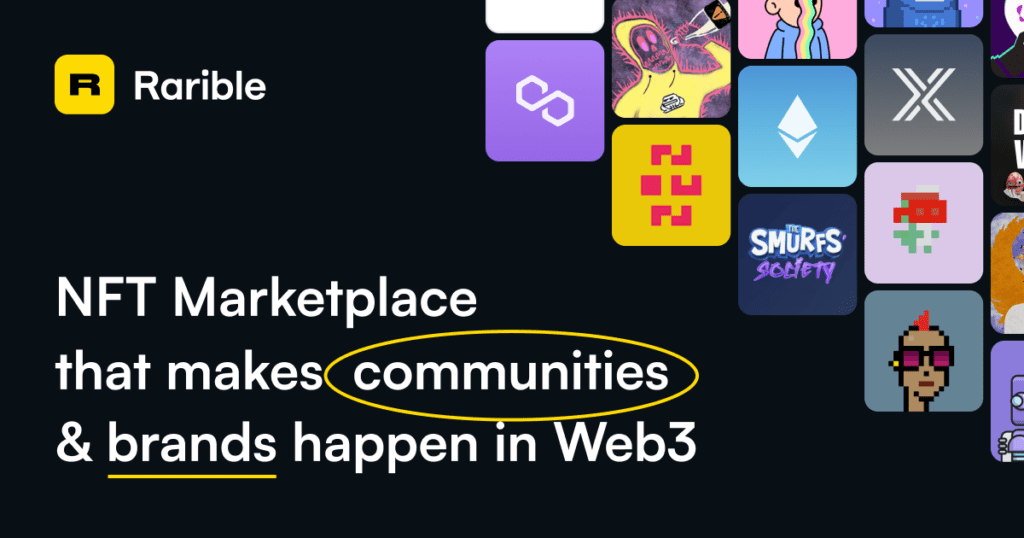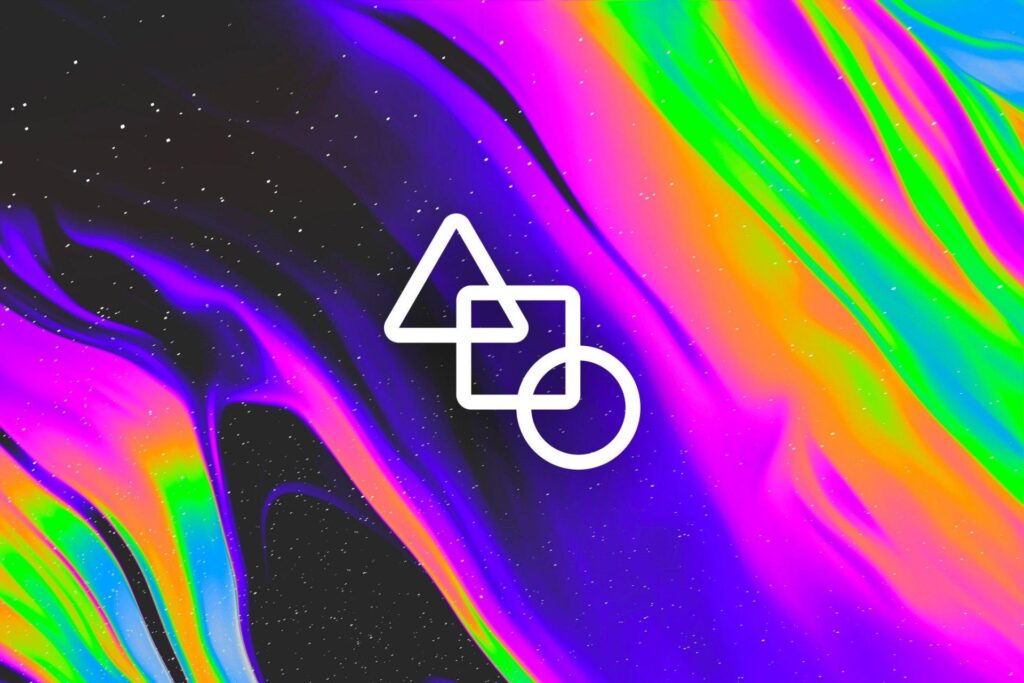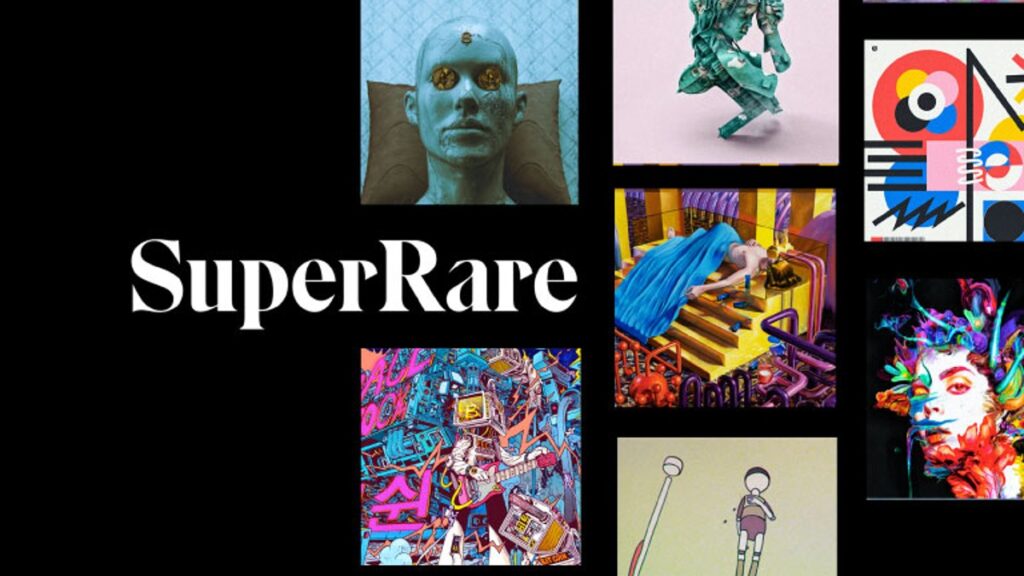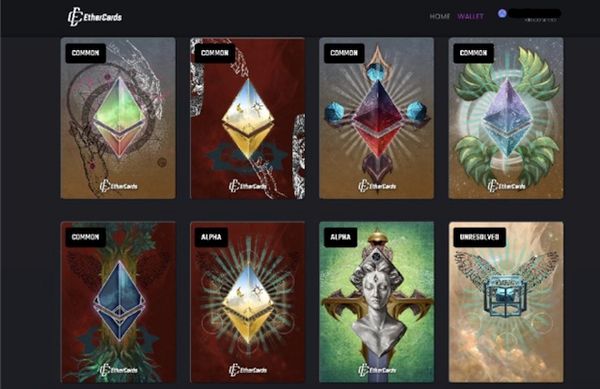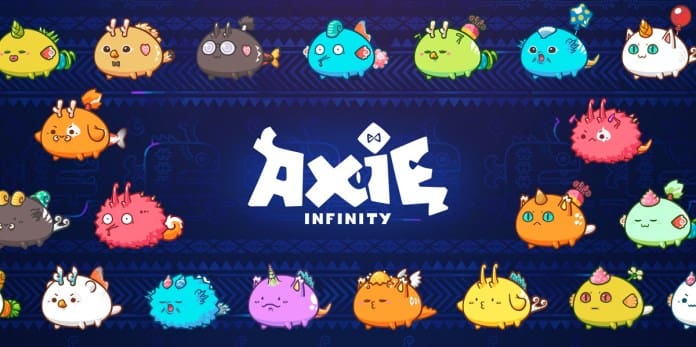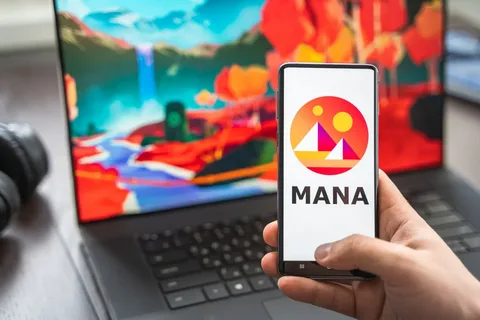Injective Joins Blockchain Association To Advance Pro-Crypto US National Policy And Regulatory Frameworks
Alisa Davidson
Published: March 28, 2025 at 9:20 am Updated: March 28, 2025 at 9:20 am

Edited and fact-checked:
March 28, 2025 at 9:20 am
In Brief
Injective announced its membership in the Blockchain Association to support the advancement of pro-crypto policies and regulatory frameworks at the national level in the United States.

Blockchain platform designed for the financial sector, Injective announced its membership in the Blockchain Association. The move aims to support the advancement of pro-cryptocurrency policies and regulatory frameworks at the national level in the United States. By joining the association, Injective becomes part of a group that includes notable industry players like Brevan Howard, Circle, Coinbase, and Pantera Capital, all working together to influence government policies at both local and national levels. Their goal is to ensure that the priorities of the blockchain industry are reflected in policy decisions for the long term.
By joining the Blockchain Association, Injective stands to gain a variety of strategic advantages. First, it will have an enhanced role in policy advocacy, providing the company with a platform to influence key discussions and regulatory frameworks that affect the blockchain sector. This involvement will be critical for shaping the future of decentralized technologies and ensuring their continued growth and adoption. Additionally, being part of the association opens up opportunities for strategic connections with other leading industry players, enabling collaborations and partnerships that could drive further innovation and adoption of blockchain solutions. Lastly, the Blockchain Association’s focus on achieving regulatory clarity will help Injective navigate the changing legal landscape, ensuring the company remains compliant while minimizing operational risks.
The platform’s decision emphasizes its commitment to fostering blockchain innovation and creating a supportive regulatory framework. By collaborating with leading industry figures, the company aims to drive the growth, adoption, and overall success of the digital asset ecosystem. This partnership offers Injective an opportunity to contribute to shaping future blockchain policies, supporting the development of a more secure, competitive, and consumer-friendly Web3 ecosystem.
Blockchain Association: Shaping US Crypto Policy For Future Growth And Innovation
Founded in 2018, the Blockchain Association represents some of the most prominent blockchain companies, investors, and projects. Its mission is to shape policies that ensure the success and future growth of the cryptocurrency industry in the United States.
It focuses on policy areas, such as decentralized finance (DeFi), which aims to support the development of blockchain-based financial systems that operate without relying on traditional intermediaries. It also advocates for clearer regulations around securities laws, aiming to provide clear guidelines on token classification that will protect investors and promote informed investment decisions. The association works to highlight the unique advantages of non-fungible tokens (NFTs) in the realm of digital ownership and control. Additionally, it seeks to advance the potential of stablecoins in transforming global payment systems.
Disclaimer
In line with the Trust Project guidelines, please note that the information provided on this page is not intended to be and should not be interpreted as legal, tax, investment, financial, or any other form of advice. It is important to only invest what you can afford to lose and to seek independent financial advice if you have any doubts. For further information, we suggest referring to the terms and conditions as well as the help and support pages provided by the issuer or advertiser. MetaversePost is committed to accurate, unbiased reporting, but market conditions are subject to change without notice.
About The Author
Alisa, a dedicated journalist at the MPost, specializes in cryptocurrency, zero-knowledge proofs, investments, and the expansive realm of Web3. With a keen eye for emerging trends and technologies, she delivers comprehensive coverage to inform and engage readers in the ever-evolving landscape of digital finance.
More articles

Alisa Davidson

Alisa, a dedicated journalist at the MPost, specializes in cryptocurrency, zero-knowledge proofs, investments, and the expansive realm of Web3. With a keen eye for emerging trends and technologies, she delivers comprehensive coverage to inform and engage readers in the ever-evolving landscape of digital finance.













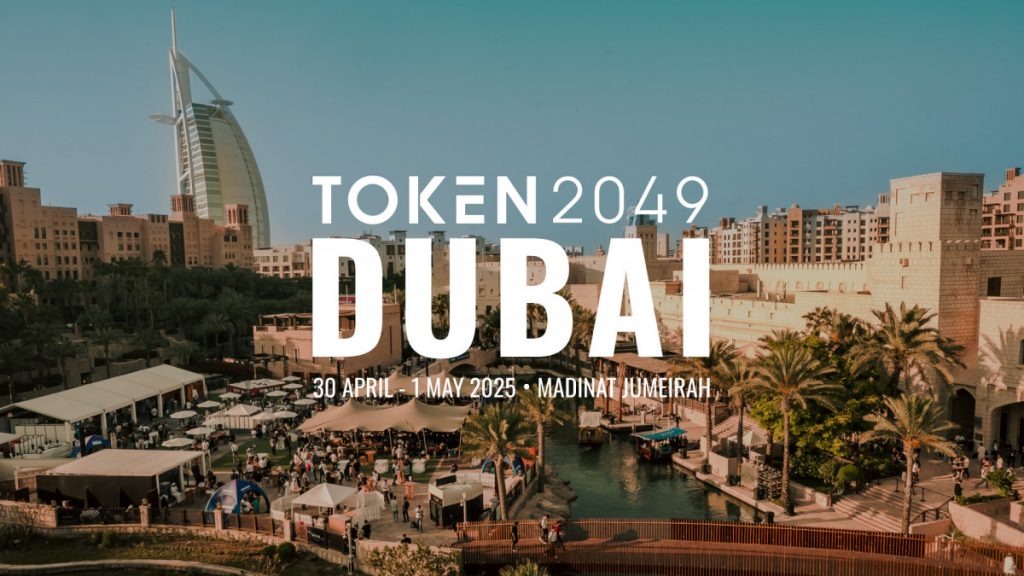








 Zengo
Zengo Security: Zengo is the first Web3 wallet secured with encrypted biometrics that eliminates private key exposure – a vulnerability that has led to millions lost or stolen in NFTs.
Security: Zengo is the first Web3 wallet secured with encrypted biometrics that eliminates private key exposure – a vulnerability that has led to millions lost or stolen in NFTs. It employs a 3-factor authentication process, ensuring that your crypto remains solely under your control. Even if you lose your phone, recovery is a simple two-step verification.
It employs a 3-factor authentication process, ensuring that your crypto remains solely under your control. Even if you lose your phone, recovery is a simple two-step verification. Support: 24/7 live in-app customer service for over 120 assets including Bitcoin, Ethereum, and Tezos.
Support: 24/7 live in-app customer service for over 120 assets including Bitcoin, Ethereum, and Tezos. Crypto.com
Crypto.com Offers a versatile NFT platform featuring a curated NFT gallery, low network fees, and high-speed NFT transactions.
Offers a versatile NFT platform featuring a curated NFT gallery, low network fees, and high-speed NFT transactions. Earn interest via a savings account linked to your NFTs and enjoy staking plus metaverse access.
Earn interest via a savings account linked to your NFTs and enjoy staking plus metaverse access. Binance
Binance Features a browser extension wallet with a user-friendly interface, integrated with the Binance NFT Marketplace.
Features a browser extension wallet with a user-friendly interface, integrated with the Binance NFT Marketplace. Supports staking, metaverse access, and advanced security with 2FA and smart contract integration.
Supports staking, metaverse access, and advanced security with 2FA and smart contract integration. Enjin
Enjin Provides dual encryption, anti-keylogging, and advanced security features.
Provides dual encryption, anti-keylogging, and advanced security features. MetaMask
MetaMask Ideal for beginners with integrated guides and real-time market notifications.
Ideal for beginners with integrated guides and real-time market notifications. Math Wallet
Math Wallet Generate multiple public addresses with an integrated dApp store to explore top NFT collections.
Generate multiple public addresses with an integrated dApp store to explore top NFT collections. Enhanced security via private key management and 2FA.
Enhanced security via private key management and 2FA. Kukai Wallet
Kukai Wallet Offers offline login options and 2FA for enhanced security.
Offers offline login options and 2FA for enhanced security.



